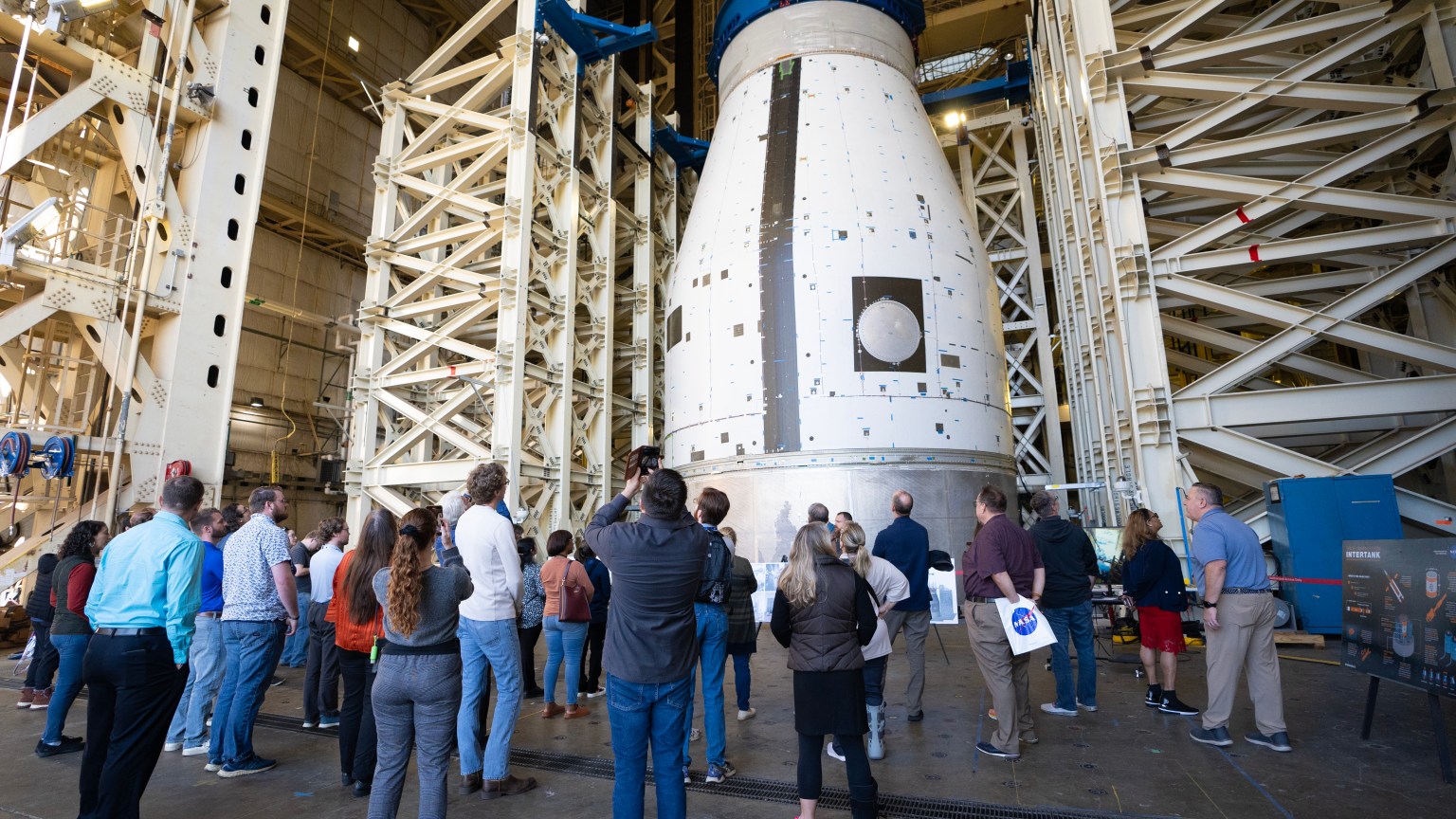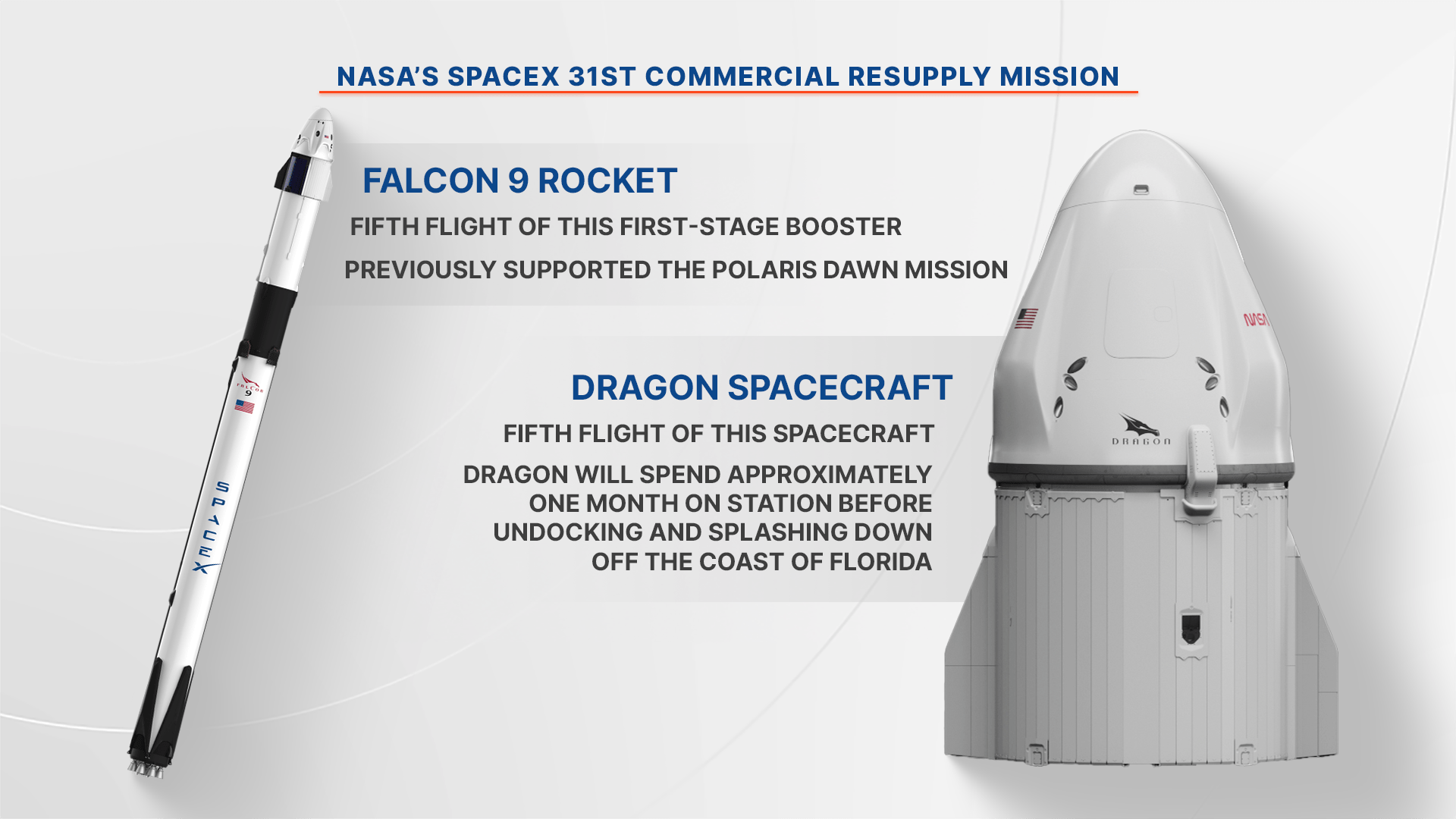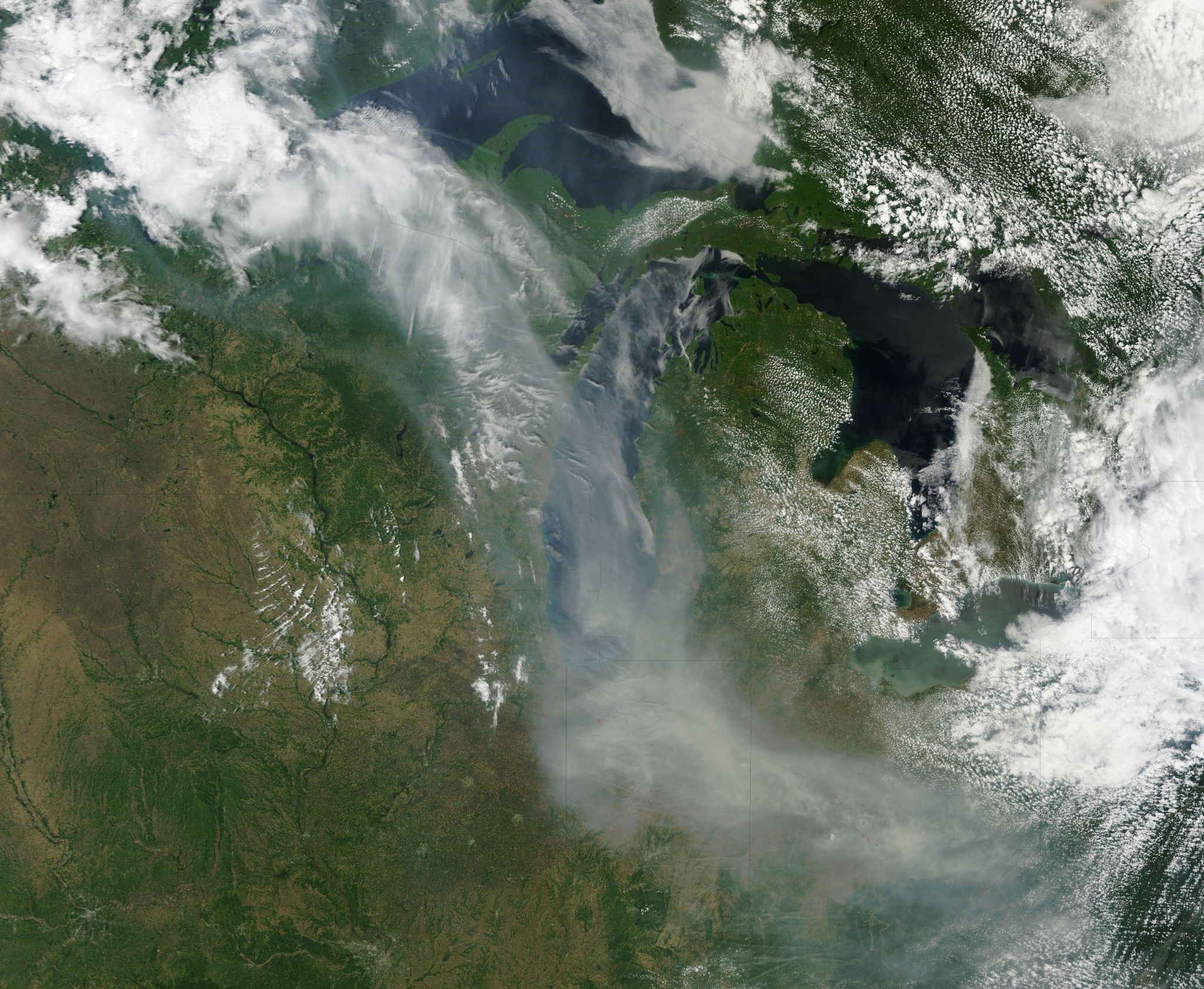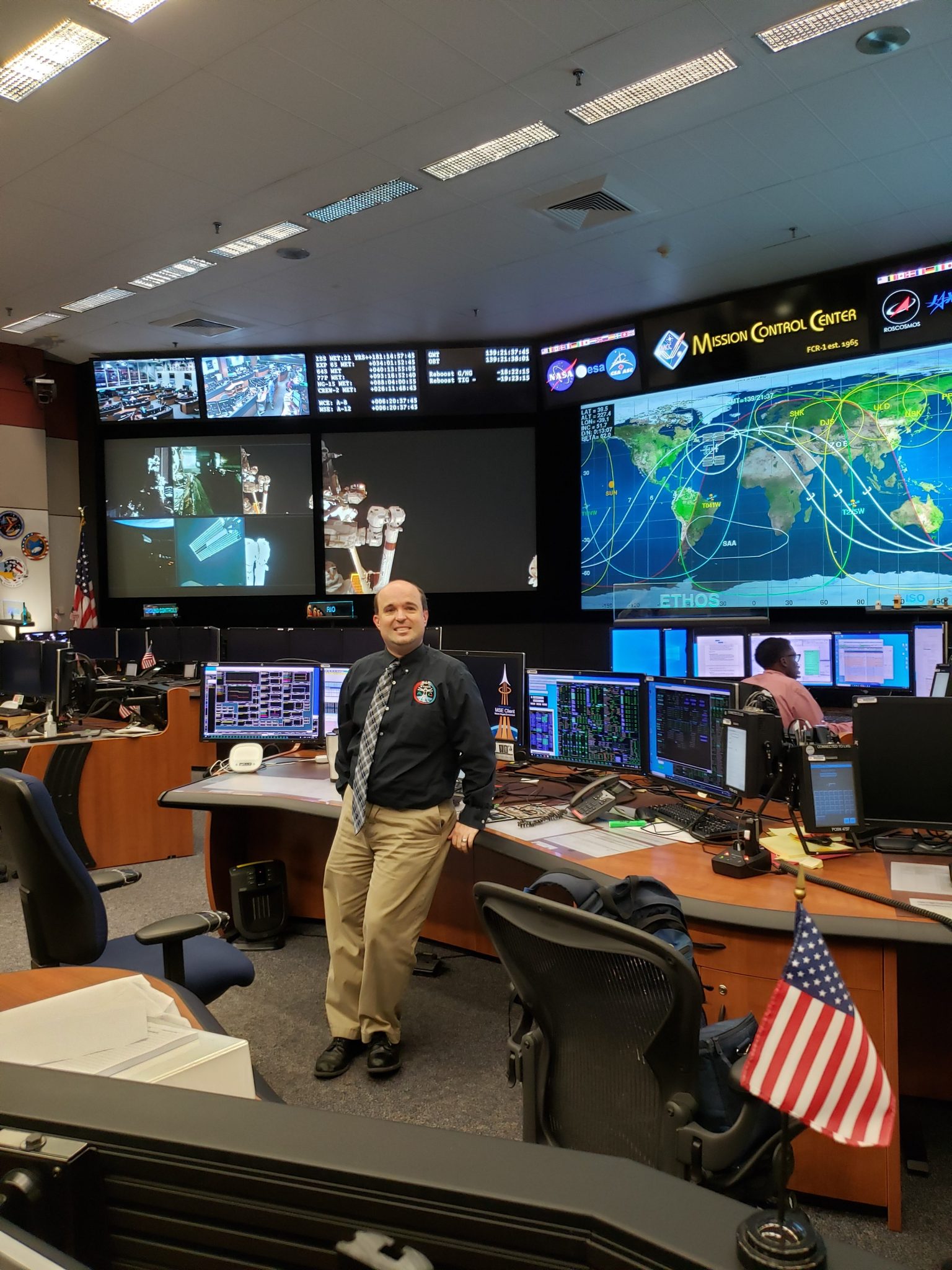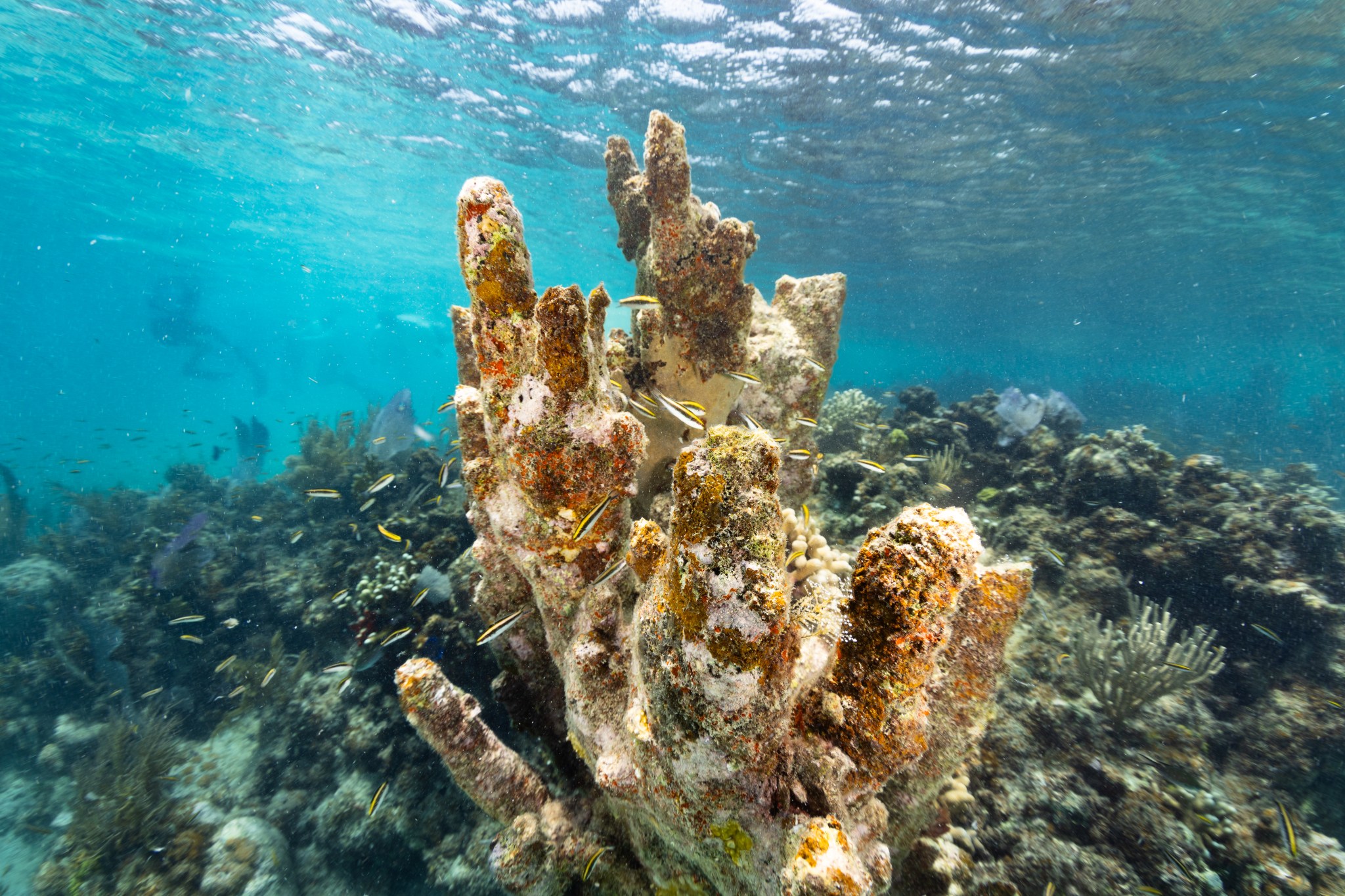23 Min Read The Marshall Star for October 30, 2024 Editor’s Note: Starting Nov. 4, the Office of Communications at NASA’s Marshall Space Flight Center will no longer publish the Marshall Star on nasa.gov. The last public issue will be Oct. 30. To continue reading Marshall news, visit nasa.gov/marshall. Marshall Team Members View Progress Toward Future Artemis Flights Blake Stewart, lead of the Thrust Vector Control Test Laboratory inside Building 4205 at NASA’s Marshall Space Flight Center, explains how his team tests the mechanisms that steer engine and booster nozzles of NASA’s…
Read MoreTag: General
NASA, SpaceX 31st Commercial Resupply Mission Overview
NASA and SpaceX are targeting no earlier than 9:29 p.m. EST on Monday, Nov. 4, for the next launch to deliver scientific investigations, supplies, and equipment to the International Space Station. Filled with more than 6,000 pounds of supplies, the SpaceX Dragon cargo spacecraft, on the company’s Falcon 9 rocket, will launch from Launch Complex 39A at NASA’s Kennedy Space Center in Florida. This launch is the 31st SpaceX commercial resupply services mission to the orbital laboratory for the agency, and the 11th SpaceX launch under the Commercial Resupply Services-2…
Read MoreEvent Details
The next CSUG event will take place November 6 – 7 at NASA’s Goddard Space Flight Center in Greenbelt, Maryland. Throughout the CSUG, representatives from NASA’s Space Communications and Navigation program and CSP’s industry partners will share updates on commercial SATCOM capability developments and the commercial service demonstrations taking place under CSP. NASA attendees must be badged and have physical access to Goddard Space Flight Center to attend in-person. There will be limited in-person seating, so RSVPs are required. Meeting invitations and an agenda will be provided to CSP’s active…
Read MoreOctober Transformer of the Month: Nipa Phojanamongkolkij
Dr. Nipa Phojanamongkolkij does not always do things the traditional way. As a systems engineer (SE) at Langley Research Center working closely with the Aeronautics Research Mission Directorate, Nipa pushes boundaries and draws connections where few others would think to look. When she envisioned a way to use ChatGPT to help SE teams working on the Advanced Air Mobility Mission, she presented her initial idea to her team wondering, “Is this crazy?” Her idea evolved into a successful prototype, which is now used for air traffic management in the Airspace…
Read MoreIndustry Supported Battery Passivation Techniques – Request for Information
The National Aeronautics and Space Administration (NASA) Ames Research Center (ARC) on behalf of the Space Technology Mission Directorate’s (STMD) Small Spacecraft Technology (SST) Program and is hereby soliciting information from potential sources for inputs on industry, academia, or government adopted battery passivation techniques. As part of a continual process improvement effort and potential requirement revisions, the NASA Small Spacecraft community, Office of Safety and Mission Assurance, and Orbital Debris Program Office are seeking inputs from industry on battery passivation techniques that are used by industry to satisfy the Orbital Debris Mitigation…
Read MoreS-MODE, ASIA-AQ, and the Role of ESPO in Complex Airborne Campaigns
7 min read Preparations for Next Moonwalk Simulations Underway (and Underwater) Jhony Zavaleta, ASIA-AQ Project Manager, welcomes DC-8 Navigator Walter Klein and the rest of the aircraft crew to U-Tapao, Thailand for its initial arrival to the country during the ASIA-AQ campaign. Erin Czech (back, blue shirt) and Jaden Ta (front, black pants) served as part of the Thailand ESPO site management team, while Zavaleta and Sam Kim (far right) worked as the ESPO advance team to prepare each new site for the mission’s arrival. NASA Ames/Rafael Luis Méndez Peña…
Read MoreWhat is Air Quality?
5 min read Preparations for Next Moonwalk Simulations Underway (and Underwater) Clean air is essential for healthy living, but according to the World Health Organization (WHO), almost 99% of the global population breathes air exceeding their guideline limits of air pollution. “Air quality is a measure of how much stuff is in the air, which includes particulates and gaseous pollutants,” said Kristina Pistone, a research scientist at NASA Ames Research Center. Pistone’s research covers both atmospheric and climate areas, with a focus on the effect of atmospheric particles on climate…
Read MoreNavigating Space and Sound: Jesse Bazley Supports Station Integration and Colleagues With Disabilities
A salute is widely recognized as a display of respect, but did you know it also means ‘hello’ in American Sign Language? It is one of the signs that Jesse Bazley, International Space Station/Commercial Low Earth Orbit Development Program integration team lead, subtly incorporates into his daily interactions with colleagues at NASA’s Johnson Space Center in Houston. In May 2021, Jesse Bazley worked his final shift as an Environmental and Thermal Operating Systems flight controller in the Mission Control Center at NASA’s Johnson Space Center in Houston. Image courtesy of…
Read MoreWhat is a Coral Reef?
7 min read Preparations for Next Moonwalk Simulations Underway (and Underwater) Juvenile black, white, and yellow-striped Bluehead wrasse fish dart in and out of a dead colony of pillar coral (Dendrogyra cylindrus), now covered in various algae, in the waters of Playa Melones, Puerto Rico. NASA Ames/Milan Loiacono Coral reefs cover only 1% of the ocean floor, but support an estimated 25% of all marine life in the ocean, earning them the moniker ‘rainforest of the sea.’ They also play a critical role for coastal communities; preventing coastal erosion, protecting…
Read MoreOpenET: Balancing Water Supply and Demand in the West
15 min read Preparations for Next Moonwalk Simulations Underway (and Underwater) At the end of 2022, 65 percent of the Western United States was in severe drought, the result of a two decades long mega drought in the Colorado River Basin that had captured headlines around the world. However, it was flooding, not drought, that was making headlines when we began our research for this story about OpenET, a revolutionary new online platform geared towards helping farmers and water managers monitor and reduce water use in watersheds where supplies were…
Read More